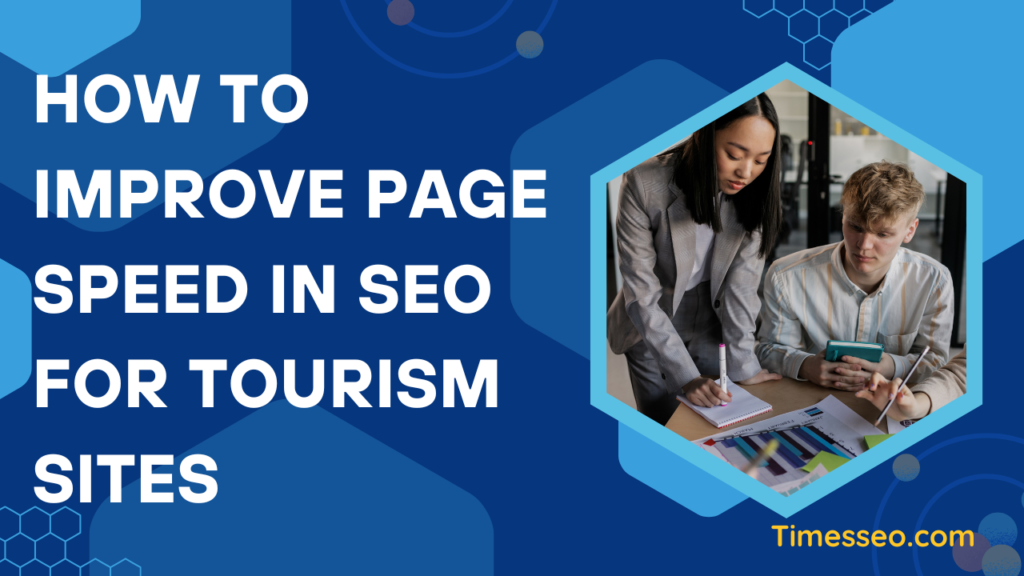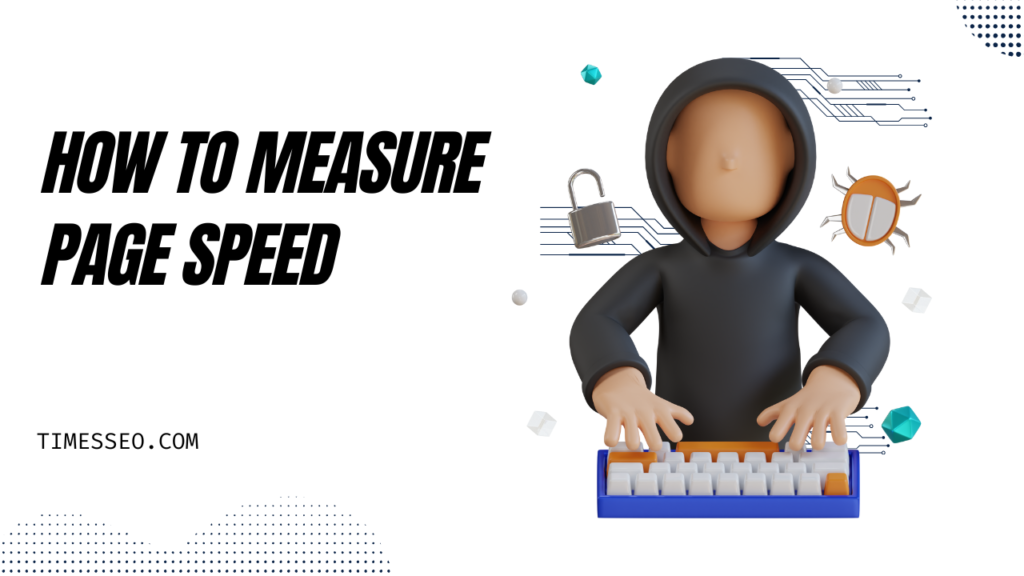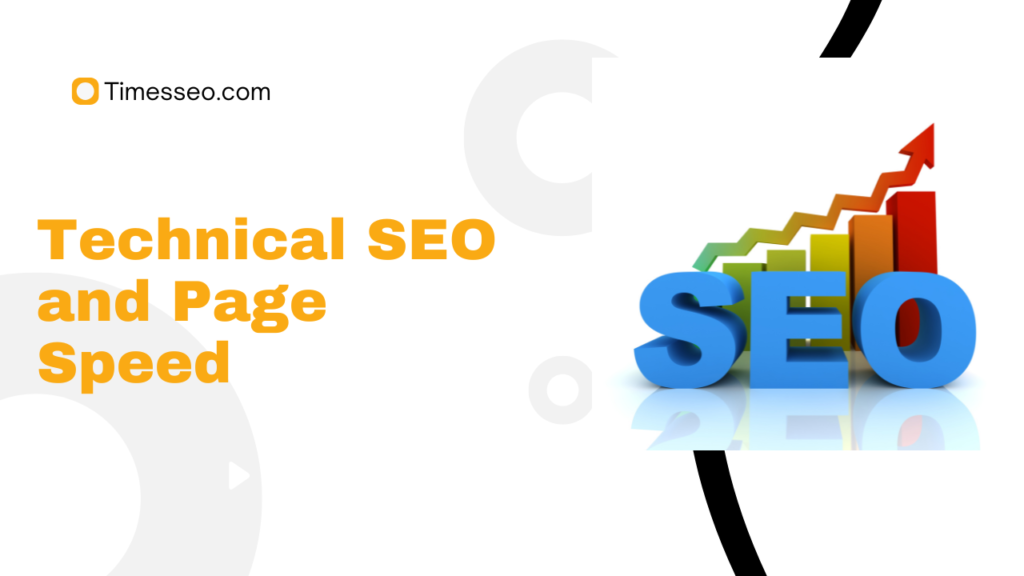
How to Improve Page Speed in SEO for Tourism Sites
Discover practical tips on how to improve page speed in SEO for tourism sites. Learn how faster load times can boost search rankings, enhance user experience, and attract more travelers to your website.
Table of Contents
Introduction
When travelers are browsing for their next adventure, they don’t have the patience to wait for a slow-loading site. In the tourism industry, page speed isn’t just a technical metric — it’s a direct driver of bookings, trust, and visibility in search engines. The faster your site loads, the more likely visitors are to explore your content and make a reservation.
Why Page Speed Matters in Tourism SEO
First Impressions for Travelers
Travelers frequently engage with your brand for the first time through your website. A slow-loading homepage can feel like arriving at a hotel only to find a long check-in queue.
Impact on Booking Conversions
Research shows that even a 1-second delay can drop conversion rates by 7%. For tourism sites, that could mean hundreds of missed bookings.
SEO Ranking Benefits
Google rewards fast sites with higher rankings, meaning more visibility for your tours, packages, and deals.
Understanding Page Speed
Definition and Metrics
Page speed refers to how quickly the content on your website loads for visitors. Two crucial measures are First Contentful Paint (FCP) and Time to Interactive (TTI).
Tools to Measure Speed
Use tools like Google PageSpeed Insights, GTmetrix, and Pingdom to get detailed performance reports.
Common Page Speed Problems for Tourism Websites
Tourism sites often struggle with:
- Heavy image galleries (destinations, hotels, attractions)
- Large videos for promotional tours
- Complex booking forms and third-party integrations
- Cheap or overcrowded hosting that slows response times
How to Measure Page Speed
Before fixing speed issues, know where you stand:
- Google PageSpeed Insights — Measures Core Web Vitals.
- GTmetrix — Detailed performance reports.
- WebPageTest — Multi-location speed testing.
- Core Web Vitals — LCP, FID, and CLS benchmarks.
Optimizing Images and Media for Tourism Sites
Images are the lifeblood of tourism marketing, but they can also be the biggest speed killer.
- Use next-gen formats like WebP and AVIF.
- Compress with tools like TinyPNG or ShortPixel.
- To ensure that images load only when they are visible, enable lazy loading.
- Host videos on platforms like YouTube or Vimeo instead of directly on your server.
Strategies to Improve Page Speed
Optimize Images and Media
Use formats like WebP and compress files without losing quality. Lazy-load galleries so they appear only when users scroll.
Use a Content Delivery Network (CDN)
A CDN stores your site’s content on servers worldwide, ensuring travelers from any location get fast load times.
Enable Browser Caching
Let returning visitors load your site faster by storing some files locally in their browser.
Mobile Optimization for Tourism Sites
Responsive Design
Ensure your layout adapts to all devices—most travelers research and book directly from their phones.
Mobile-First Indexing
Google primarily uses the mobile version of your site for ranking, so speed here is critical.
Technical SEO and Page Speed
Minifying CSS, HTML, and JavaScript
To make files smaller, eliminate extraneous whitespace and code.
Reducing Server Response Time
Upgrade your hosting plan or switch to a dedicated server for better performance.
Improve Server and Hosting Performance
- Choose managed hosting optimized for WordPress or tourism CMS platforms.
- Use a CDN like Cloudflare to serve assets faster worldwide.
- Enable server-side caching for dynamic pages.
Minimize and Optimize Code
- Shrink file sizes by compressing HTML, CSS, and JavaScript code.
- Remove unused CSS and JS.
- Apply the defer or async attributes to load scripts without blocking the page from rendering.
Mobile Optimization
With more than half of tourism searches happening on mobile:
- Adopt mobile-first design.
- Use responsive images.
- Consider AMP for blog content to load instantly.
Optimize Core Web Vitals
- LCP: Improve server response and image loading.
- FID: Reduce JavaScript execution time.
- CLS: Reserve space for images and ads to prevent layout shifts.
Advanced Techniques
- Serverless functions for real-time availability searches.
- Upgrade to HTTP/3 for faster data transfer.
- Preload key resources like hero images and booking scripts.
Testing and Continuous Monitoring
- Schedule monthly speed audits.
- Use uptime monitoring tools to track performance 24/7.
Conclusion
Tourism is all about creating excitement and trust — and nothing kills both faster than a sluggish site. By optimizing your images, improving hosting, and trimming code bloat, you can turn your tourism website into a fast, booking-generating machine.
Frequently Asked Questions
Ideally, under 2 seconds for the best user experience.
Yes, speed is a ranking factor in SEO.
Only if they aren’t optimized. Use compression and lazy loading.
Absolutely, it ensures fast load times worldwide.
At least once a month, or after major content changes.
Table of Contents
Popular Posts
-
 Affordable Technical SEO Audit for Small Business: A Complete Guide26 Jun 2025 Blog
Affordable Technical SEO Audit for Small Business: A Complete Guide26 Jun 2025 Blog -
 How to Get an Affordable Technical SEO Audit for Small Business27 Jun 2025 Blog
How to Get an Affordable Technical SEO Audit for Small Business27 Jun 2025 Blog -
 The Ultimate Local SEO Audit Checklist for Startups28 Jun 2025 Blog
The Ultimate Local SEO Audit Checklist for Startups28 Jun 2025 Blog -
 Local SEO Audit Checklist for Startups: A Beginner’s Guide28 Jun 2025 Blog
Local SEO Audit Checklist for Startups: A Beginner’s Guide28 Jun 2025 Blog -
 Top On-Page SEO Audit Steps for Service Websites Every Business Should Know29 Jun 2025 Blog
Top On-Page SEO Audit Steps for Service Websites Every Business Should Know29 Jun 2025 Blog -
 Technical SEO for WordPress: The Ultimate Beginner’s Guide01 Jul 2025 Blog
Technical SEO for WordPress: The Ultimate Beginner’s Guide01 Jul 2025 Blog -
 The Impact of On-Page SEO Audit Steps for Service Websites on UX01 Jul 2025 Blog
The Impact of On-Page SEO Audit Steps for Service Websites on UX01 Jul 2025 Blog -
 Technical Mobile SEO Audit Tips for Developers02 Jul 2025 Blog
Technical Mobile SEO Audit Tips for Developers02 Jul 2025 Blog -
 Complete SEO Backlink Audit Guide for Better Google Rankings03 Jul 2025 Blog
Complete SEO Backlink Audit Guide for Better Google Rankings03 Jul 2025 Blog -
 Boost Your Rankings with Technical SEO for WordPress01 Jul 2025 Blog
Boost Your Rankings with Technical SEO for WordPress01 Jul 2025 Blog







